The Nation's Game - life at the bottom of the pyramid: Part 3, The realities of grassroots football
Across a seven-part series, The Independent will be exploring the deeply misunderstood and complex world of grassroots football
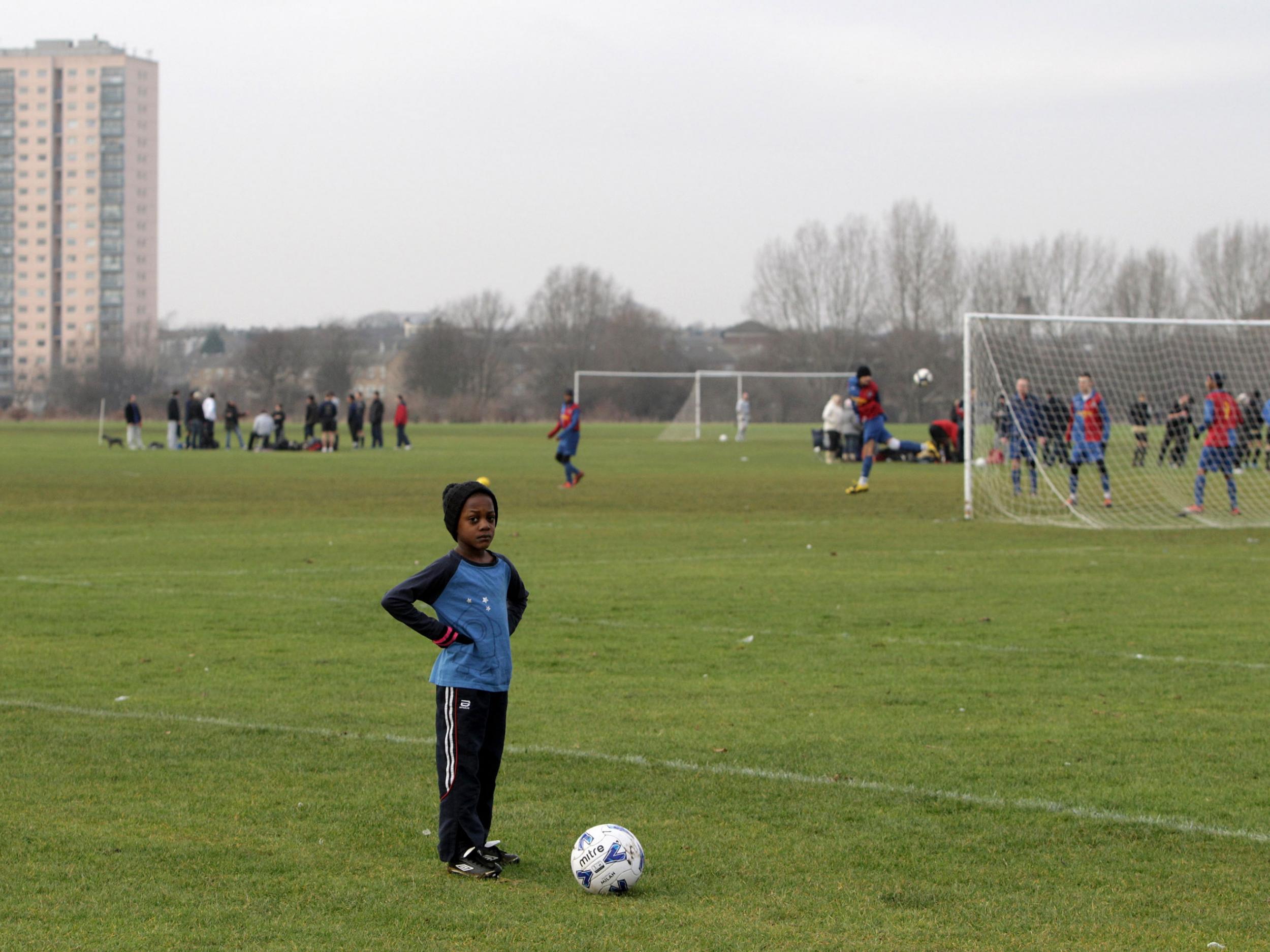
Your support helps us to tell the story
From reproductive rights to climate change to Big Tech, The Independent is on the ground when the story is developing. Whether it's investigating the financials of Elon Musk's pro-Trump PAC or producing our latest documentary, 'The A Word', which shines a light on the American women fighting for reproductive rights, we know how important it is to parse out the facts from the messaging.
At such a critical moment in US history, we need reporters on the ground. Your donation allows us to keep sending journalists to speak to both sides of the story.
The Independent is trusted by Americans across the entire political spectrum. And unlike many other quality news outlets, we choose not to lock Americans out of our reporting and analysis with paywalls. We believe quality journalism should be available to everyone, paid for by those who can afford it.
Your support makes all the difference.At first, the leaking roof is barely noticeable. The children, for that matter, aren’t fazed by it. Illuminated by the sterile, bright lights above, they’re focused on the job at hand. Weaving and darting in between one another, imagining themselves as the next global superstar, the young boys are oblivious to their surroundings. To the uninitiated, though, this is an unforgiving place. A dry heat hangs in the air, broken nets scale the bare walls and the artificial pitch underneath is rough, worn down over the years by a never-ending flow of football.
But still the kids don’t care. Overseen by the two figures positioned on the pitch’s edge, pressed up against the sideboards and exposed to the elements before them, the spectacle that unfolds is relentless, mesmerising, hypnotic almost. Back and forth the ball pings between the two teams, zipping with precision and purpose along the deck. Boys of all ages and sizes come together in a rush of swirling movement, looking for the next run to make, the next pass to execute, the next opportunity to seize.
One boy, no older than seven and no taller than four-and-a-half foot, suddenly finds himself thrust into the spotlight. Against an older, hardened academy player – 14 or 15 he suspects – this is his big moment. A shimmy with his left foot draws the other kid in, like a moth to a flame. He dips low, shifts his weight and, with his right foot, pushes the ball around his opponent in one fluid flick. A simple tap-in follows. No country for old men, laughs one parent.
Nestled in the bowels of Brixton Recreation, a stone’s through from the hustle and bustle of the town centre, this is Afewee. Founded in 1997 by Steadman Scott and Tony Goldring, the club has produced more than 20 professional players over the last 21 years, including Liverpool’s Nathaniel Clyne.
Made up of just three teams, with training sessions held on Mondays and Saturdays, this is a club that defies convention. Afewee, which, loosely translated from Jamaican patois, means ‘It is for we’, holds a deep social conscience and purpose that goes beyond football. “Afewee is about us having people involved, doing volunteer work, putting in the same effort as we do because of the love they’ve got for the community and the kids,” Scott tells The Independent.
“If you came into this country as a black person then you’d understood why Afewee is there. Our mission is to put belief, passion, hard work and discipline into our youngsters. When I was first around here there was nobody to motivate us. In the sixties, black people didn’t have an identity, didn’t have a voice. You were invisible because of the colour of your skin. It is for the community. It is for us.”
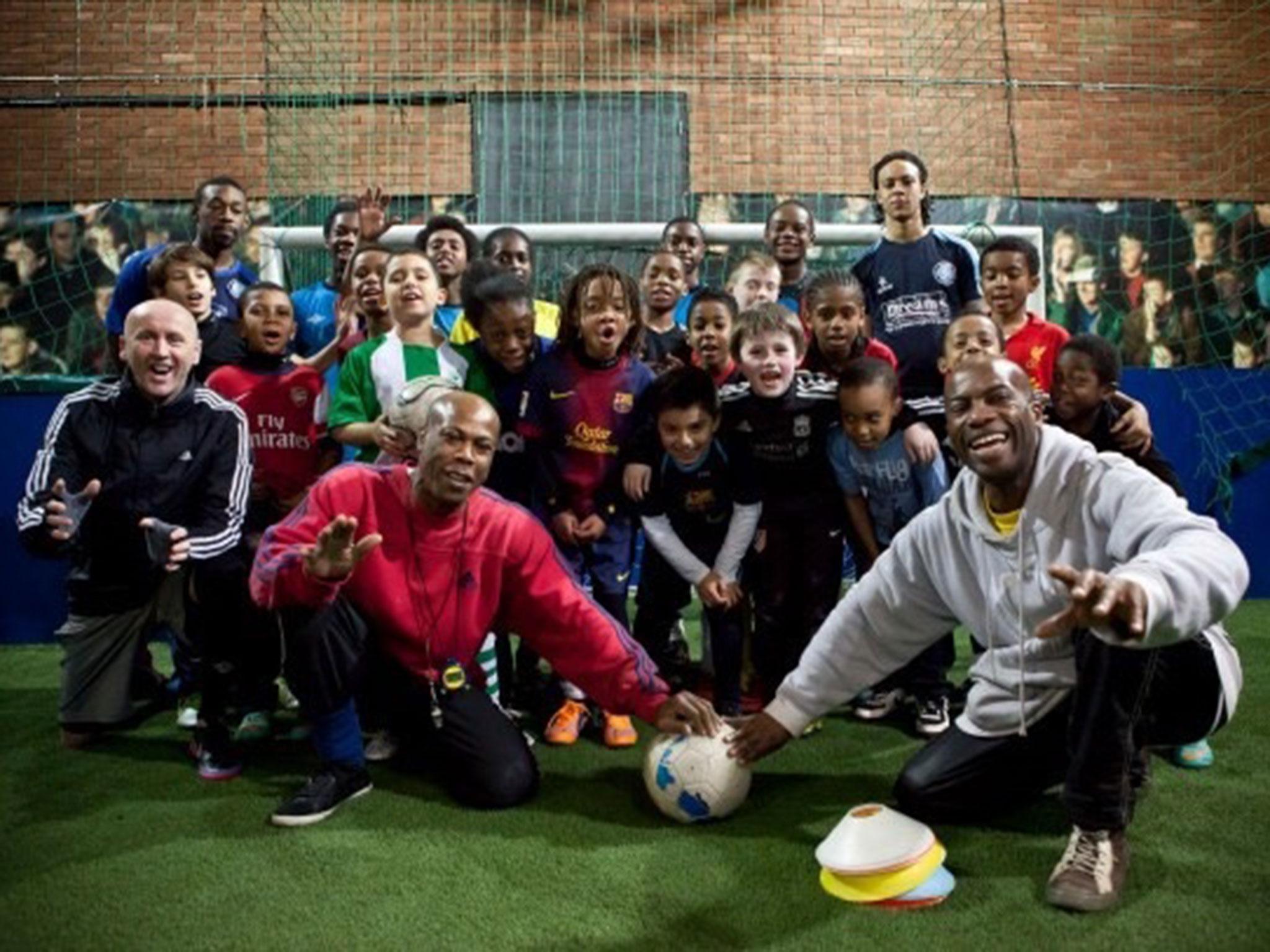
Nonetheless, football remains at the heart of Scott and Goldring’s project. More than just a means to keeping Brixton’s youngsters off the streets, the club is strongly geared towards fulfilling these boys’ dreams. For Steadman and Goldring, this means strict compliance with their no-nonsense, hard approach to the game. Both know that those boys unable to hold their own within the academy system are likely to be chewed up and spat back out. As such, Saturday sessions at Brixton Rec are serious, regimented affairs where boys of all different ages are pitted against one another. It’s a case of sink or swim.
“A kid who is very firm, a kid who is rough, a kid who when I shout at him he doesn’t fall apart,” Scott says. “These are all the tests. That is why the environment is so strict. If he cannot cope in a strict environment then he cannot do himself justice. He will not be able to cope with his dream.”
But despite the club’s work, Afewee, as with many inner-city clubs, continues to struggle. Facilities and funding are a major issue. The pitch used at Brixton Rec struggles to cater for the club’s demands while requests for an appropriate-sized grass pitch at Ruskin Park have fallen on deaf ears, meaning Afewee’s teams are forced to play on a pitch that is either too big or too small – depending on the age group. And throughout the winter months, games are rarely played at all such is the poor quality of the pitch.
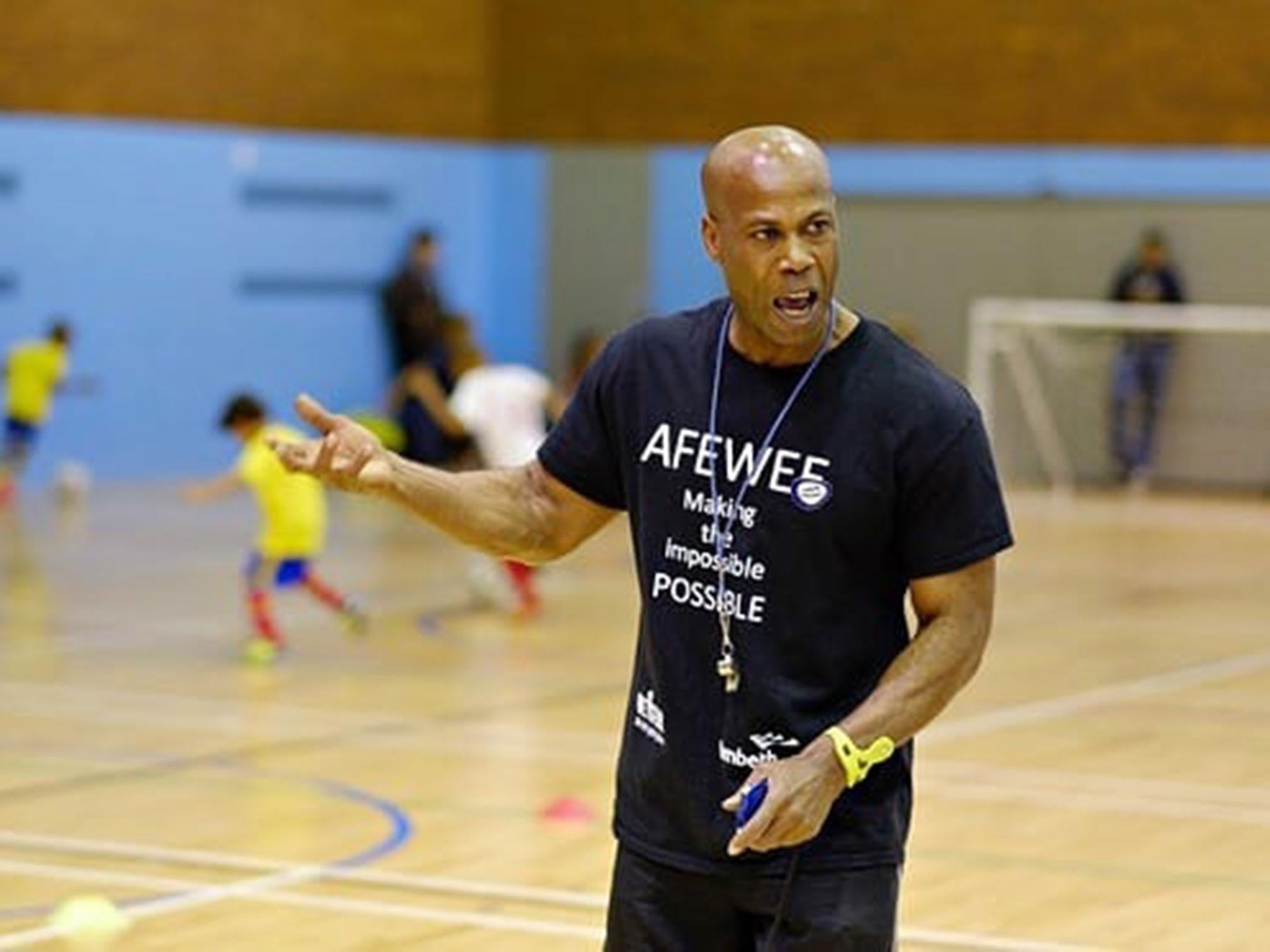
There are no local storage facilities available to the club, either, meaning parents are often burdened with the responsibility of looking after goalposts in between games. Increased club fees would help raise funds needed to address such problems but given Afewee’s mission, this isn’t an option. The FA and local council have been approached for investments but, so far, Afewee has had no success. Through diplomatic means the club have managed to secure reduced costs in terms of pitch hire at Ruskin Park and away-day travel but each week throws up a new challenge for Afewee.
Outside of the capital it’s a similar story up and down the country. From decrepit club houses and rundown pitches to costly association fees and convoluted funding applications, the grassroots community often feels close to breaking point. Tales of matches being abandoned week after week due to adverse weather conditions are common while each passing month seems to usher in further cuts to local councils’ sport funds.
The sense of helplessness experienced by those at the bottom of the pyramid is only compounded by the apparent disconnect seen between the grassroots community and those with the power to produce genuine change.
Dave Horrocks, chairman, treasurer and development officer at Fletcher Moss Rangers, the Manchester club where Marcus Rashford, among others, cut his teeth, tells a story about an encounter many years back with Sir Trevor Brooking, the Football Association’s Director of Football Development. It was during one of the FA’s training programmes, for which coaches are expected to pay up to £4,000, depending on the level of qualification, that Horrocks approached Brooking.
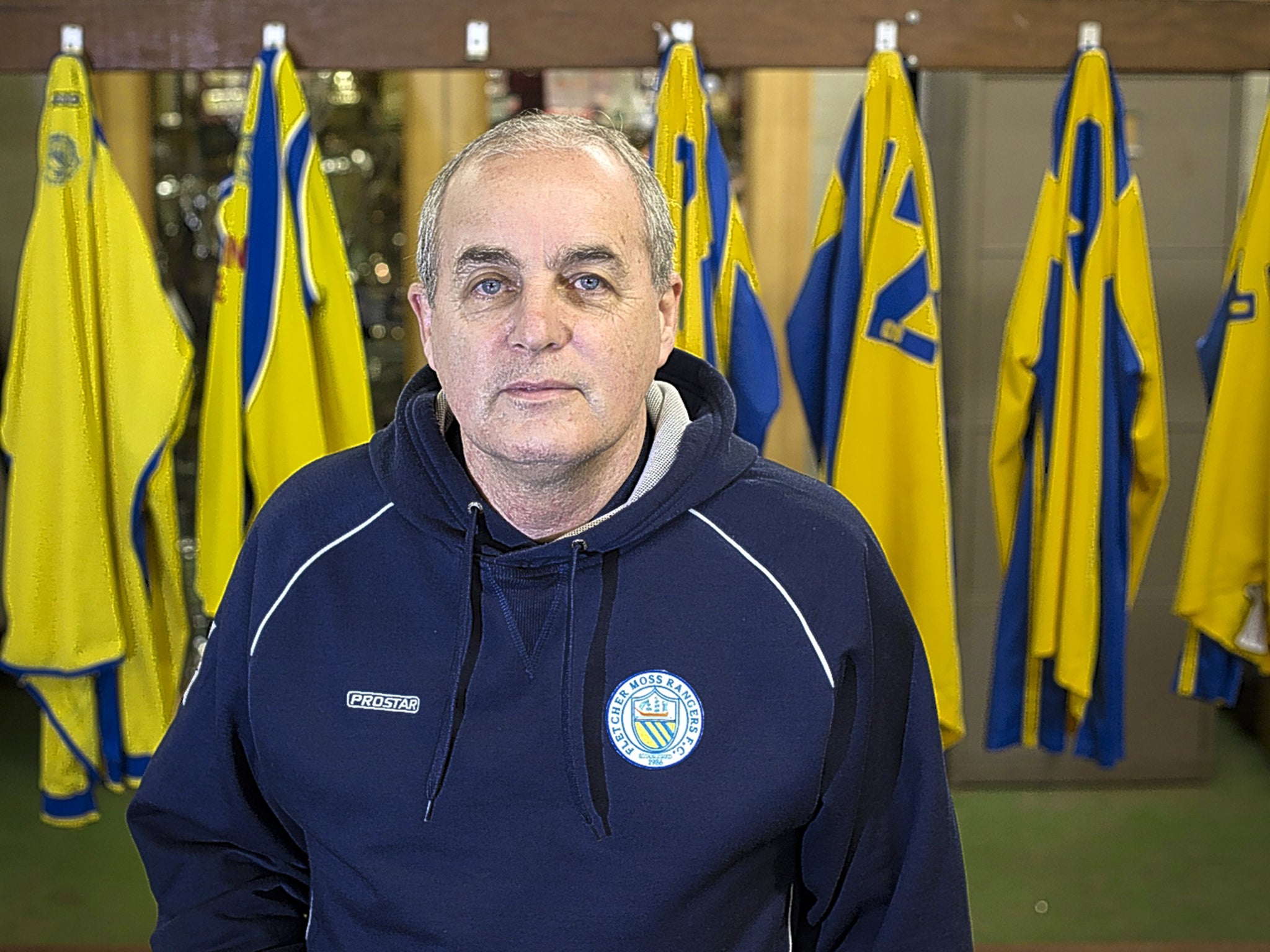
“Now, what had happened was that myself and one of my colleagues from our club said to him ‘Can you do us a favour Sir Trevor, can you tell us what’s your definition of grassroots football?’” he tells The Independent. “He said it was, in his opinion, it was academies and schools of excellence. Stunned, I was. I looked at him and he said ‘Why, don’t you agree?’ I said ‘No I don’t.’”
It’s a moment that sticks out for Horrocks and one which, for him, points to how out of touch the FA is with the harsh realities of the game. Horrocks, for the record, offers a very different interpretation of grassroots football. He paints an almost Darwinian picture of the sport, evolving through its various life forms before finally crystallising in the shape of an 11-a-side team.
“I think grassroots football is the dad who’s kicking a ball about in the backyard, and mum turns around and says will you get the hell out of here and get to the park, you’re ruining the grass,” he explains. “Then he goes up the park, and dodges round dog shit, burnout cars and all sorts, and then as they’re kicking a ball about a couple of other kids come along, and then a little game starts, and then the next thing a little team gets made, then they join a league. With Sir Trevor, he glazed over, he just couldn’t understand where I was coming from.”
But such tales shouldn’t obscure the fact that hundreds of clubs are also prospering under the current system. Harborough Town FC, a Leicestershire-based club, earlier this year secured a “game-changing” £800,000 worth of funding to transform the ground and strengthen its community bonds. Through the funding, the majority of which was delivered by the Premier League and FA Facilities Fund, the club’s facilities are to be drastically improved, with a state-of-the-art, all-weather 3G pitch set to be the standout feature. With more than 800 players aged from six to 70 representing 48 teams, the club’s long-term future has been firmly secured.
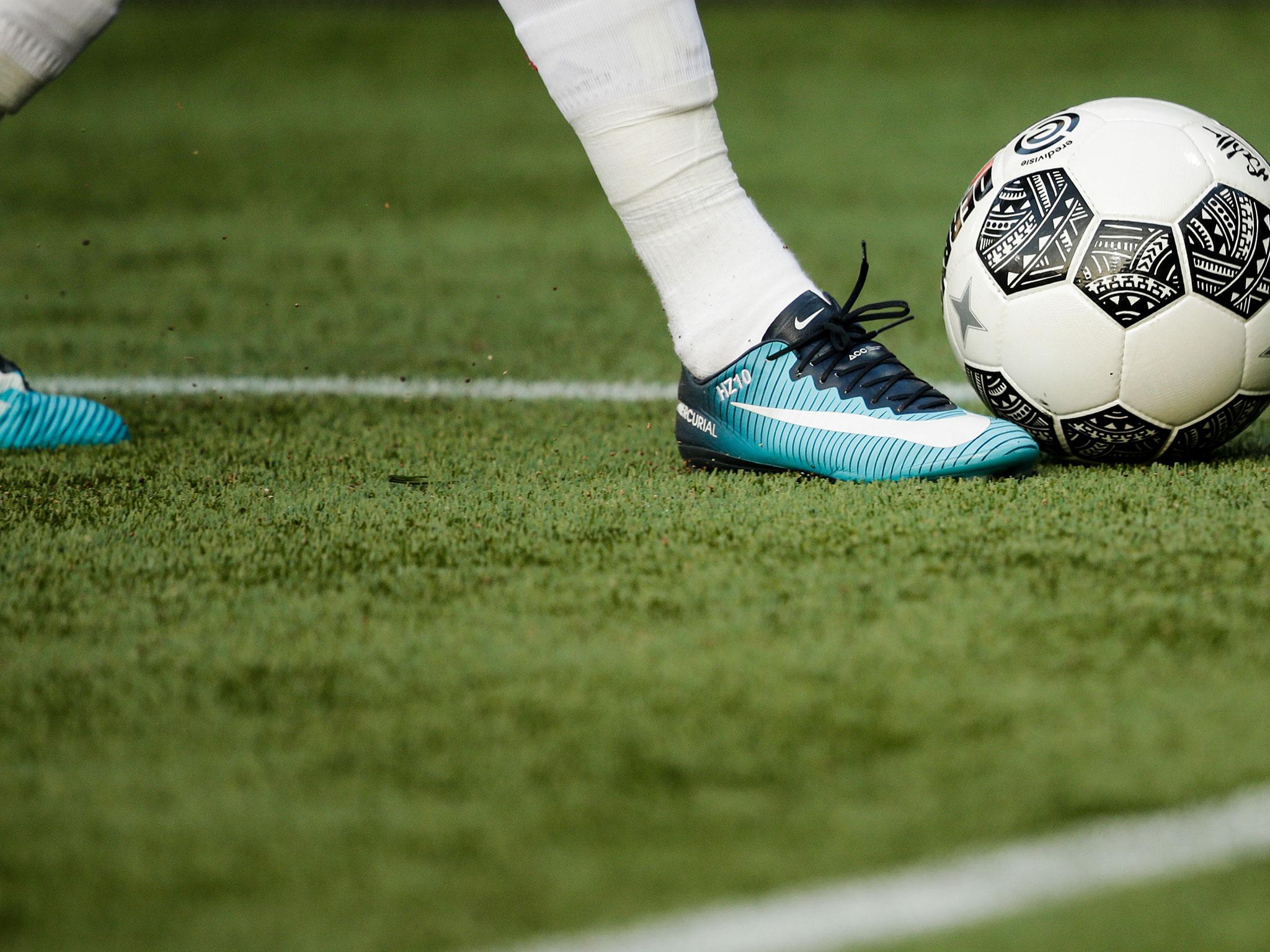
Home to Harborough Town, as well as The Royalists FC, The Cherry Tree FC, Harborough Churches, Brooke House Football Academy and Soccer Sixes, the club is a shining example of grassroots football and points to a sustainable, community-orientated model that, as will be seen in Part Five, could play a crucial role in reviving the more traditional forms of the game.
Indeed, it’s an approach that is already enjoying certain success in corners of the country as more and more clubs come together in a bid to protect the game. As seen with Harborough Town, grassroots clubs with the means to do so are opening up their facilities to their local counterparts - often at a discounted price. Clubs have also become more socially conscious. In North Tyneside, Whitley Bay FC provides walking football for the disabled having struck an agreement with the local council and Newcastle United Foundation.
Then, of course, there’s the success enjoyed by the women’s grassroots game. Since the 2015 World Cup, women’s football has reached new heights in terms of participation and popularity. According to a ‘Raising The Bar’ report, England currently has the fourth highest number of female players in Europe and the fastest growth rate. More girls are playing football than ever before in the country and more people are watching both domestic and international games.
For youth female teams, the FA confirmed earlier this year that numbers have increased by seven per cent since 2014/15, up from 3,358 to 3,600. This coincided with the organisation’s announcement that, over the next six seasons, an additional £50m will be invested into all levels of the women’s game.
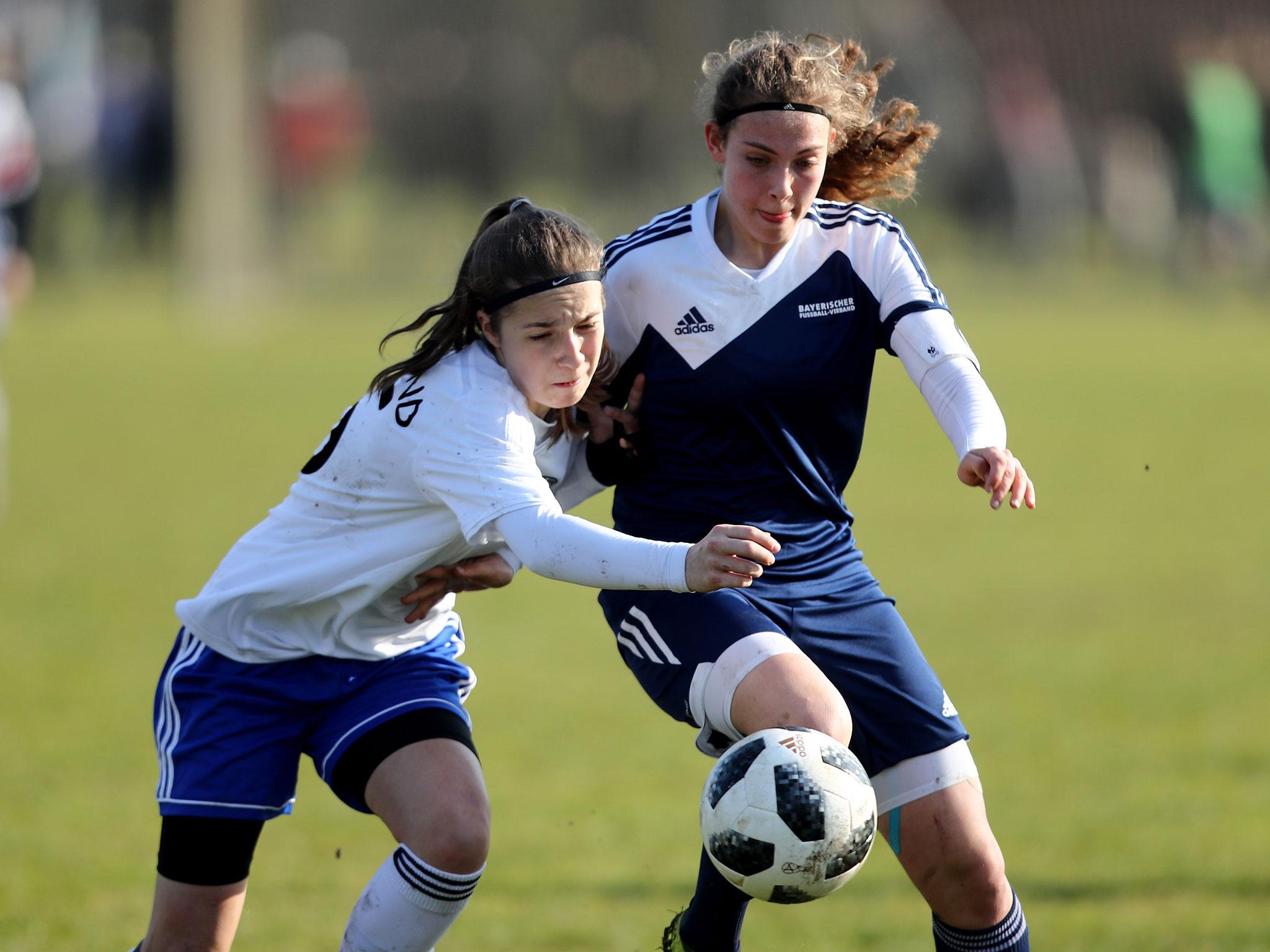
Although there’s much to be done to achieve parity with the men’s game, women’s football has taken significant steps forward across all levels in recent years. It’s an view held with great confidence by Jen O’Neill, a former Sunderland player and current editor of She Kicks.
“I think you have to view it in a positive light because as far as all the indicators go, it’s a growth sport,” she tells The Independent. “I think the issue in the past was always visibility. You see it on the TV, you see it mentioned in newspaper, see it in adverts, those sort of subliminal messages almost; girls in football kits in the background or in the supermarket advert. These things didn’t happen 10-20 years ago and now they do. It just shows you that it’s an acceptable option.”
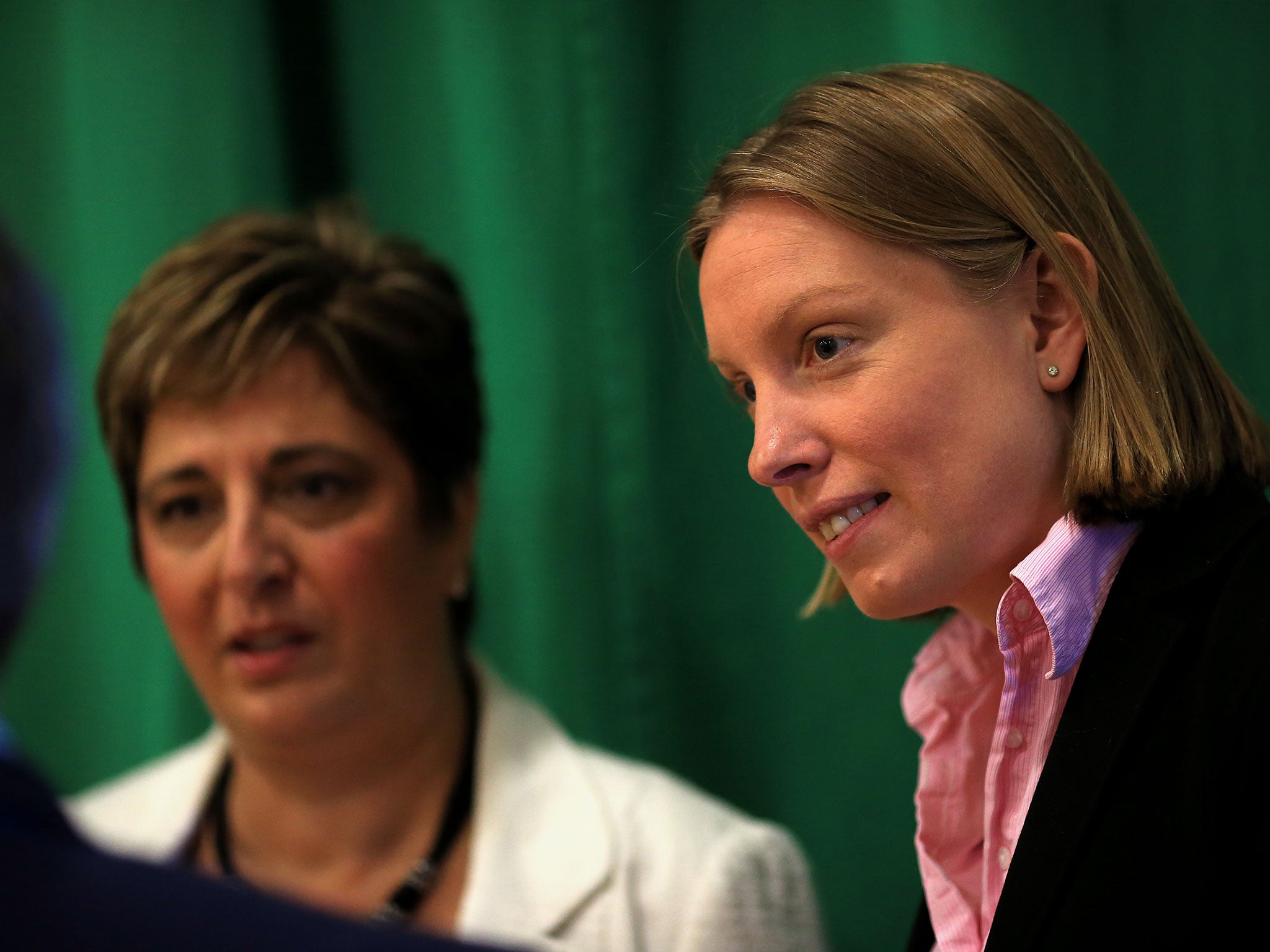
Sports minister Tracey Crouch echoes a similar sentiment. “I am from a generation where girls and women didn’t have many options so when I see what is available today I am left with no doubt that the women’s game is on the rise,” she tells The Independent. “With continued support it is now one of our fastest growing sports. Through Sport England we are providing public money to aid this growth in women and girls football and it is important that the FA, and its county affiliates, keep up this momentum."
Still, O’Neill believes that the women’s grassroots game isn’t yet respected as it should be, as exemplified by facilities usage. “I think people don’t appreciate that even way higher up, near the top of the pyramid … girl’s and women’s teams are the last to have the option to play on a facility. They’re at the back of the queue for getting access to training facilities, to getting to match-day facilities.”
And because women’s games continue to be held on Sunday afternoons, as tradition dictates, fixtures are far more at risk of being cancelled. “If there’s been bad weather then the groundsman is not going to let you play on it, even if there have been other matches there,” O’Neill explains. “And training times, I think, it’s always harder for women to get a decent training time on pitches.”
But in light of the ongoing “social-cultural shift in football,” as she puts it, O’Neill is confident about the direction of the women’s game. “I’m very optimistic about all women’s football because … I think as long as you continue to give girls the opportunity to play then they will play. For the foreseeable future the women’s game, grassroots and at the top level, has huge growth potential.”
Join our commenting forum
Join thought-provoking conversations, follow other Independent readers and see their replies
Comments